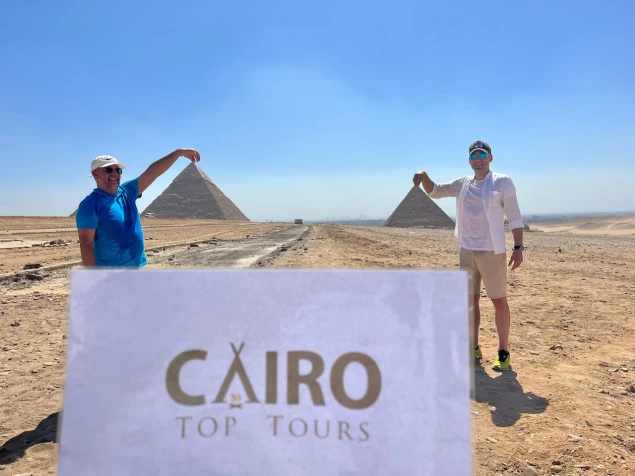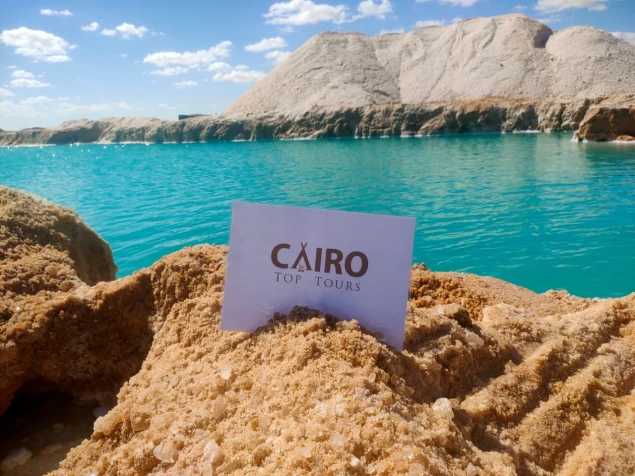
Discover Darb al arbain | darb el-arbain caravan route
A historical road connecting Egypt with Sudan, famous for the camel trade, starting from Darfur and ending at Imbaba in the Egyptian governorate of Giza, the road had a religious role in the movement of Sufi roads through it from West African countries through Sudan and ending in Egypt.
Location
The Arbaeen road or trail currently starts from Assiut in Upper Egypt and extends to the Kharga oases, then it goes south passing through Selima Oasis and Bir El Natroun Historians have mentioned the forty trail in most of what was written about Egypt, and Ibn Battuta said from the southern border at Aswan, the road stretched to Mali, then seljmasa, passing through dunkla, which is from the big country in Sudan, and from there to Seoul, which is the last country of Mali, then on the base of Kuku in the country of Alberto and Timbuktu in Mali, then his state and from there to kalbasa.. From Assiut, he would go out to western Sudan.
Naming
Camel caravans used to take forty days to reach their last stop in Egypt and were held for sale at the Friday market.
Religious role
The Darb Al-Arbaeen Road played an important religious role, as the Sufis used to follow this road, he said:" it was called the Arbaeen due to the passage of (40) Sufi roads from it and to it, especially the parents of the Shadhili way relative to Abu Hassan al-Shadhili and his followers, who is from shadhila in Morocco.It is known that he was buried in the Red Sea in the area of the "ayyab" desert on a trip to the Hajj and the Mawlid is held for him every year in the place of his burial. There are stories and tales about the miracles that were happening during the passage of these Sufis from Darb Al-Arbaeen, there were those who came on foot from Morocco and neighboring areas, so the importance of Darb Al-Arbaeen in Egypt is not only in being a route of camel trade or karma trade or a link to the Sufis coming from northwest Africa, but it was a route that facilitated the access of all different cultures, and therefore Darb Al-Arbaeen played an important role in trade in general and human culture in particular.
History
passing through Dungla, which is in the big country in Sudan, from it to Seoul, which is the last country of Mali, then on the base of Coco in the country of Alberto and Timbuktu in Mali, then his state, and from there to Kalbasa. The Western Desert Road was also the most important road that connected Egypt and Nubia and from there west to the oases, and Hassan ibn al-Wazzan mentioned that the Kharga Oasis was the real door to the West African country, as well as the oases, which were a network of caravan routes mainly on which long-distance traffic trade moved between distant and disparate territories. The historical importance of the "forty trail" is due to the long years that history has known since the eighteenth century, across the Indian Ocean, South Asia, the Far East and along the west coast of Africa, where Arab traders established who enriched that region through communication with the inhabitants of the region who promoted their products and trade in that period between gold, silver, ostrich feathers, perfumes, silk and spices. Darb Al-Arbaeen also played an important role at the beginning of the eighteenth century when it was a crossing to the Hajj, where people from North and West Africa came from this route, and before the Mamluk era, it became an important cultural and historical interaction junction, but otherwise the Darb Al-Arbaeen route was used to bring slave trade from Africa. But there is no doubt that the growing ties between Egypt and the West African countries led to the growth of important scientific and cultural ties through this path, as history tells that Sultan Mansamus took the opportunity of his presence in Egypt and bought several books to provide his country with a side of Islamic culture.














